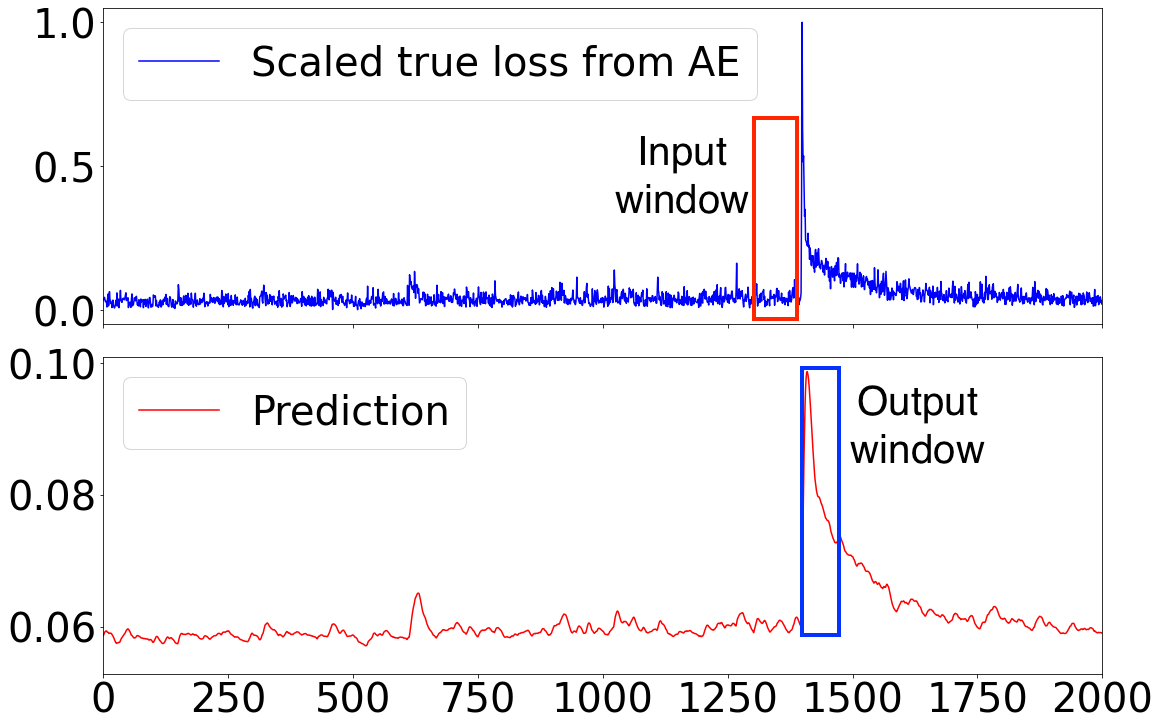- The paper presents EQPred, a hybrid deep learning model combining convolutional autoencoders and TCNs to nowcast extreme earthquakes by learning spatial and temporal dependencies.
- It effectively transforms daily seismic catalogs into 2D energy grids and leverages skip connections and attention modules to improve prediction accuracy on rare major events.
- The approach outperforms various baselines with notable metrics (MAE=0.0483, precision=0.9563, recall=0.9016), promising real-time hazard assessment in seismically active regions.
Deep Spatiotemporal Learning for Nowcasting Extreme Earthquakes in Southern California
Introduction
Nowcasting of large-magnitude, rare earthquakes remains a central challenge in seismology, presenting unique requirements for modeling both spatial and temporal dependencies in high-dimensional seismic data. The paper introduces EQPred, a deep learning framework specifically designed to mine spatiotemporal earthquake patterns from regional seismic catalogs, representing events as daily 2D spatial grids and learning their evolution using a hybrid autoencoder and Temporal Convolutional Network (TCN) architecture. The paper focuses on Southern California, leveraging its dense seismicity and rich instrumental record, and aims to forecast the probability of forthcoming major earthquakes—here defined as events of magnitude ≥4.5.
Dataset Construction and Spatiotemporal Representation
The core of EQPred's approach is transforming sparse, event-based earthquake catalogs into structured spatiotemporal inputs amenable to convolutional and recurrent neural architectures. Earthquake events (time, location, magnitude) between 1990–2019 are discretized into a 2D spatial grid (longitude-latitude bins, ∼11km per grid cell), with each day's cell value representing the accumulated released seismic energy, computed as E=101.5M for magnitude M.
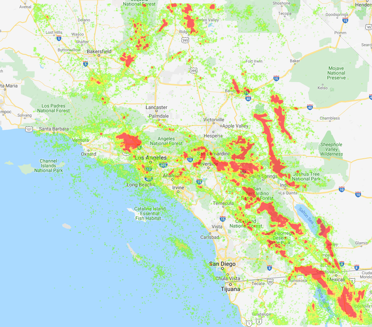
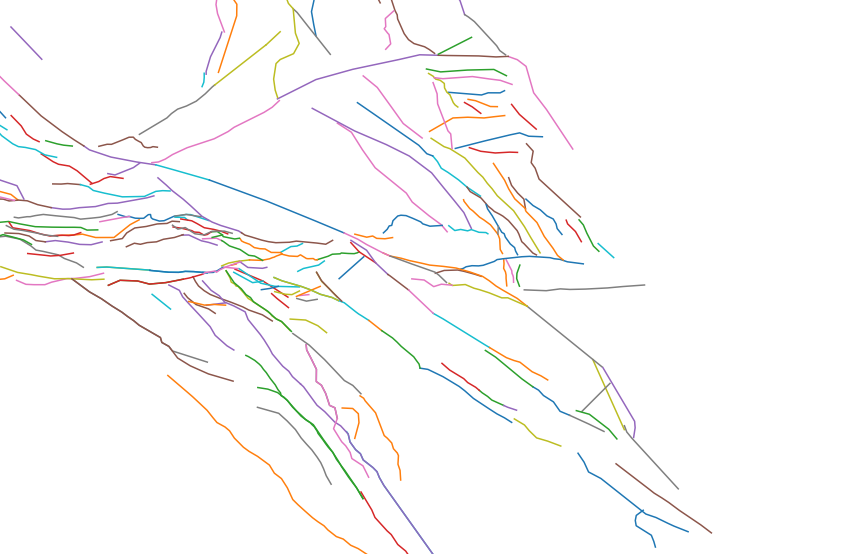

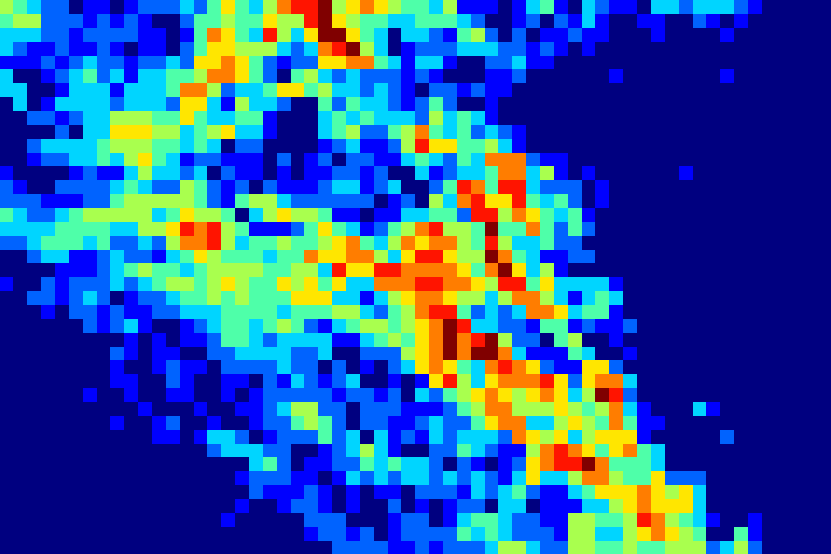
Figure 1: Catalog visualization for Southern California: (a) epicenter map; (b) satellite image; (c) active faults; (d) seismic event heatmap.
A pivotal empirical observation is the extreme class imbalance: out of 444,589 recorded events, only $237$ exceed M≥4.5—an order of magnitude separation that makes rare event prediction both computationally and statistically challenging.

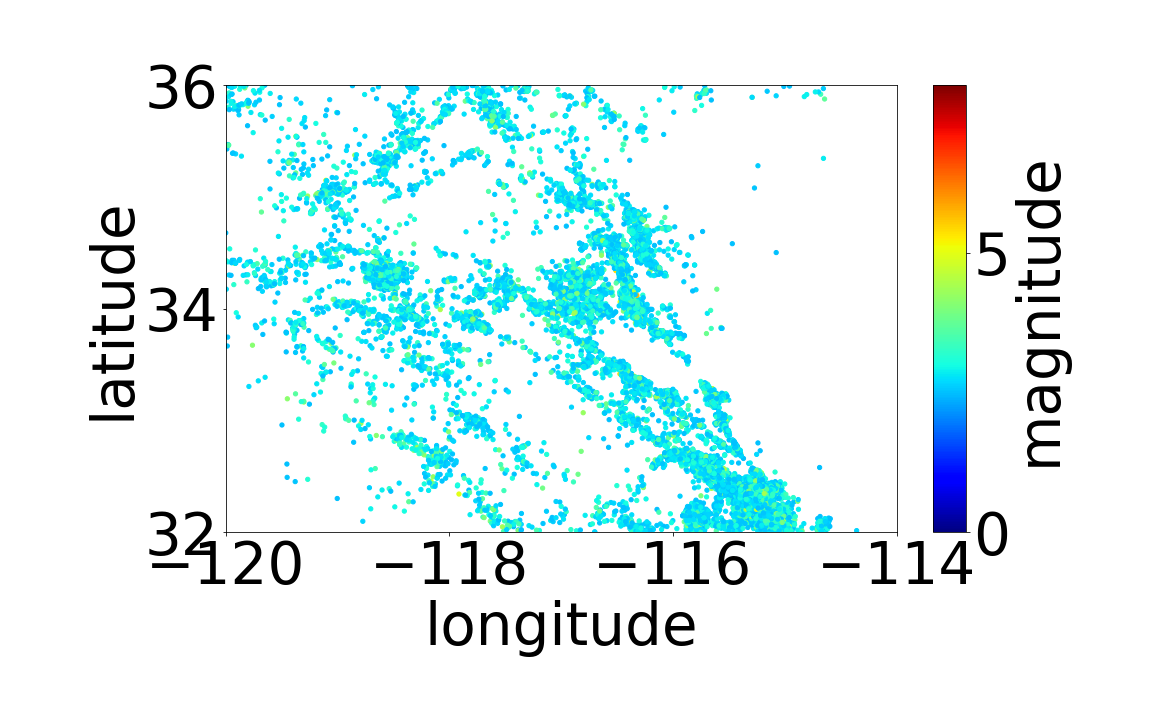


Figure 3: Magnitude-filtered event distributions, highlighting the sparsity of high-magnitude events compared to lower-magnitude occurrences.
EQPred Model Architecture
EQPred is a hybrid model comprising a convolutional autoencoder for spatial representation learning (spatial filtering of daily “maps” of seismicity/energy) and a TCN with auxiliary temporal attention for sequence modeling. The pipeline operates as follows:
Training and Implementation Details
- All models were implemented in TensorFlow 2, leveraging both CPUs and NVidia K80 GPUs.
- Conv2D encoder/decoder filter sizes: [4, 16, 32, 64]
- Latent bottleneck dimension: tuned between 16–1024 (trade-off between expressivity and regularization)
- TCN dilation rates: exponential scheduling 2i, enabling both short- and long-term skill
- Batch size: 16, 64, or 128 for spatial modeling; batch size 1 in temporal modeling to maintain statefulness
- Early stopping with checkpointed minimum validation loss
- Event definition: target is a binary label indicating whether M≥4.5 event occurs in the next prediction window
A comprehensive benchmarking is performed against 11 alternative models, including fully connected MLPs, standard LSTM architectures, Conv2D + MLP/LSTM/Conv1D, ConvLSTM2D-FC, etc.
Key Results:
Real-World and Scientific Implications
EQPred’s main advance is the explicit joint learning of space and time via domain-specific neural architectures, enabling improved rare event detection over both naively supervised baselines and “black-box” dense neural models that ignore spatial constraints. The method exploits inherent locality of seismic energy release along faults as well as temporal clustering due to aftershock/foreshock sequences—factors which generic LSTM or MLP models cannot leverage.
Practically, the pipeline provides a basis for early-warning in geophysically active regions, supporting real-time operational objectives in hazard assessment and disaster management. For deployment, the system can be continually retrained with streaming data using the rolling-window input formulation, and its compact model footprint allows efficient inference on both cloud and edge platforms.
Strong numerical performance on extreme class imbalance underscores the architecture’s robustness to limited ground truth, though accuracy is likely to saturate for even rarer M≥6 events or in heterogeneous tectonic settings.
Implementation Considerations and Extensions
- The 2D convolutional autoencoder is critical for extracting spatially coherent features; kernel sizes, layer depth, and skip connections should be tuned aggressively to maximize information retention under severe class imbalance.
- The TCN module’s dilation hyperparameters control the effective receptive field—models intended for rapid nowcasting (short-lead prediction) versus longer-range forecasting should be configured accordingly.
- For large-scale regional modeling, data pipeline parallelization is essential; TensorFlow’s data streaming APIs can be leveraged for continuous batching and online inference.
- Extensible design: the current approach models only magnitude and location but could be augmented with auxiliary data (e.g., satellite remote sensing, GPS deformation, geoelectricity) as multi-modal channels for further boost in predictive power.
Limitations and Future Directions
Current limitations include reliance on a single-region dataset; transferability to other tectonic settings remains untested. Ground-truth bias and catalog incompleteness may affect real-world deployment, and ground motion, not just event occurrence, should be considered for utility-scale early warning.
Long-term, advances in spatiotemporal attention mechanisms, integration of physics-based features, and multimodal sensory fusion (e.g., EO data) can further improve prediction quality and robustness. EQPred provides a modular canonical architecture for such generalizations.
Conclusion
EQPred introduces a methodologically rigorous, empirically validated deep learning approach for spatiotemporal rare event prediction in earthquake data. By combining spatial encoding via convolutional autoencoders with temporal modeling through TCNs and attention mechanisms, the framework demonstrates significant gains over standard baselines in nowcasting major earthquakes under real-world conditions characterized by severe class imbalance and observational noise. The hybrid architecture, pipeline, and deployment strategies provide a template for broader applications in scientific forecasting and spatiotemporal risk assessment.











